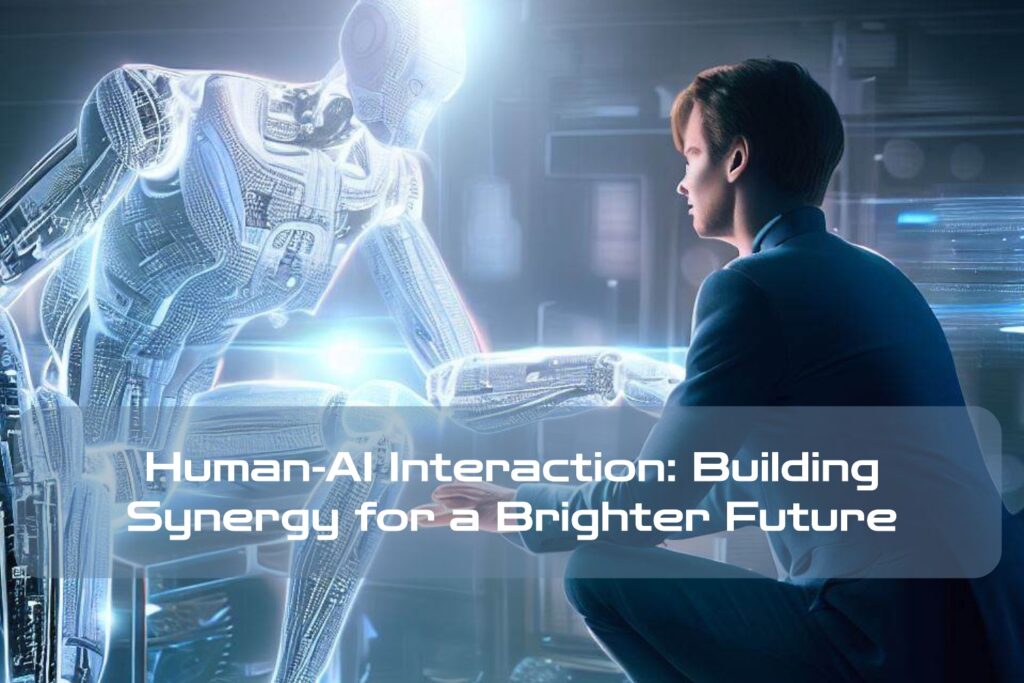The Rise of Human-AI Interaction
In today’s world, we are constantly surrounded by technology. From smartphones to smart homes, we rely on technology to simplify our lives and make tasks easier. One of the most significant technological advancements in recent years has been the rise of artificial intelligence (AI).
AI is making waves across various industries, including
- healthcare,
- finance,
- transportation,
- and education.
However, with these advancements come new challenges and ethical concerns that must be addressed.
Defining Human-AI Interaction
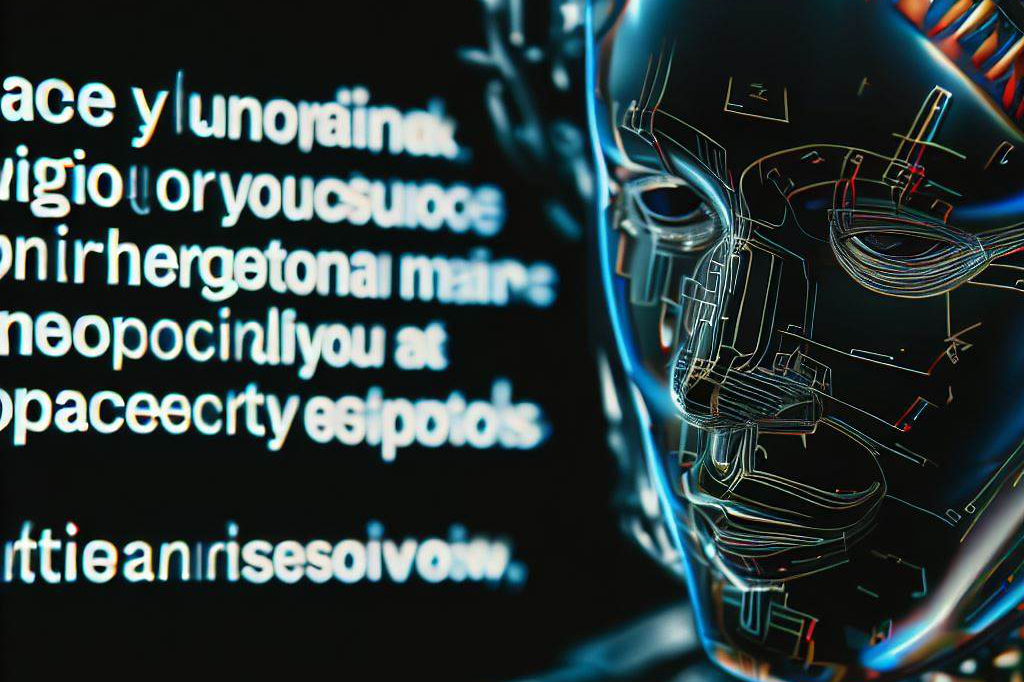
Human-AI interaction refers to the collaboration between humans and machines or algorithms. This interaction can take various forms: collaborative, competitive, or cooperative.
Collaborative interaction occurs when humans work alongside AI systems to achieve a common goal.
Competitive interaction occurs when humans compete with AI systems in specific tasks such as games or trivia competitions.
Cooperative interaction occurs when AI systems provide assistance to humans in completing tasks.
The Importance of Human-AI Interaction
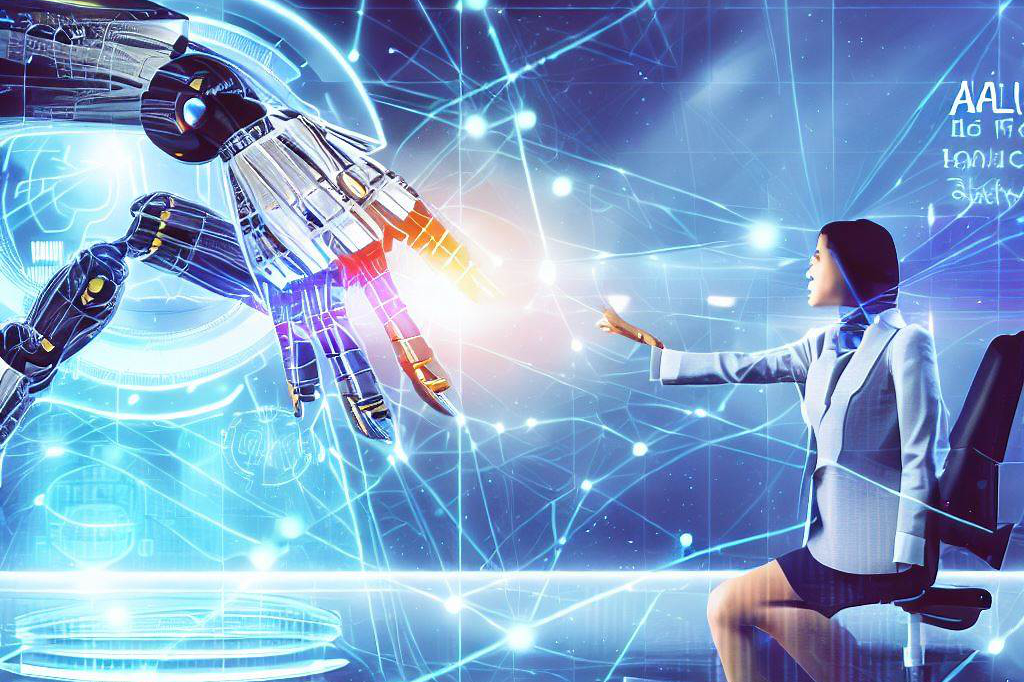
Human-AI interaction is an essential element for achieving synergy between machines and humans for a brighter future. With the growing prevalence of AI in our daily lives and its potential impact on various industries, there is a need for effective human-machine collaboration that can ensure that machines complement human skills and capabilities rather than replace them entirely.
Furthermore, given the unprecedented pace at which technology is advancing, today’s world needs an innovative approach that leverages both human expertise and machine intelligence for better outcomes across multiple areas, such as healthcare delivery process improvement or sustainable energy management practices. One critical aspect of this revolution is establishing trust between people who use these intelligent systems regularly; failing to do so may lead them towards skepticism about such technologies’ benefits while also hindering their ability to enjoy any positive results arising from using them appropriately.
The rise of AI presents many opportunities but also challenges that require careful consideration within our society. Human-AI interaction is an essential component in addressing these challenges and ensuring that we can maximize the benefits of AI while also minimizing its negative effects.
Understanding Human-AI Interaction
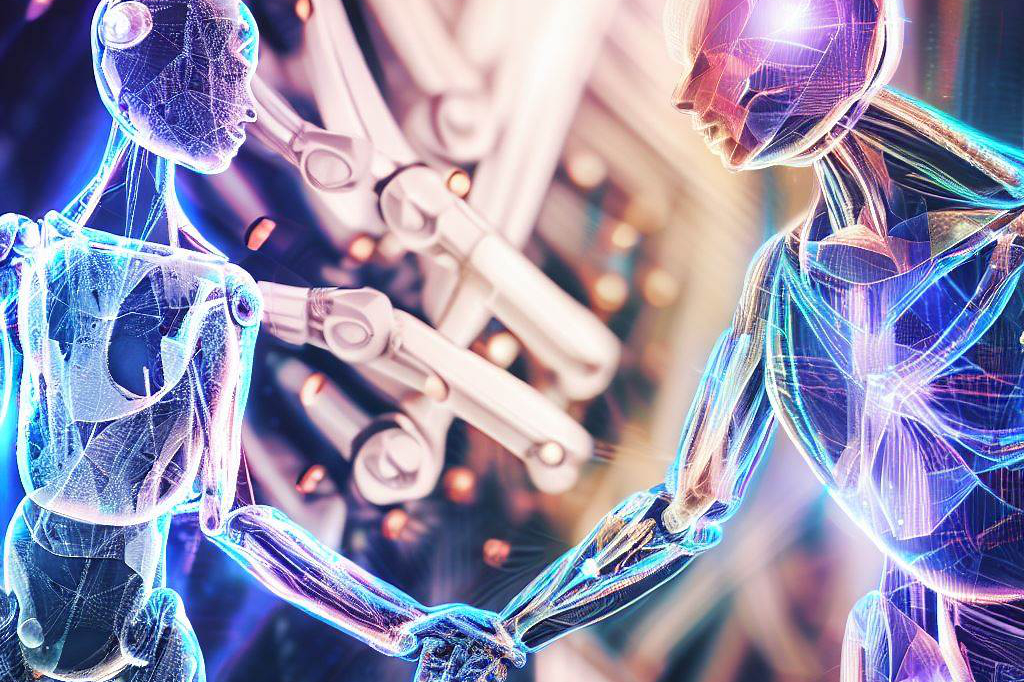
Definition and explanation of human-AI interaction
Human-AI interaction refers to the collaboration between humans and artificial intelligence (AI) systems. It involves enabling humans to communicate with, control, and understand AI systems so that they can work together effectively. The goal of human-AI interaction is to leverage the strengths of both humans and AI to achieve better outcomes than would be possible with either working alone.
Types of human-AI interactions
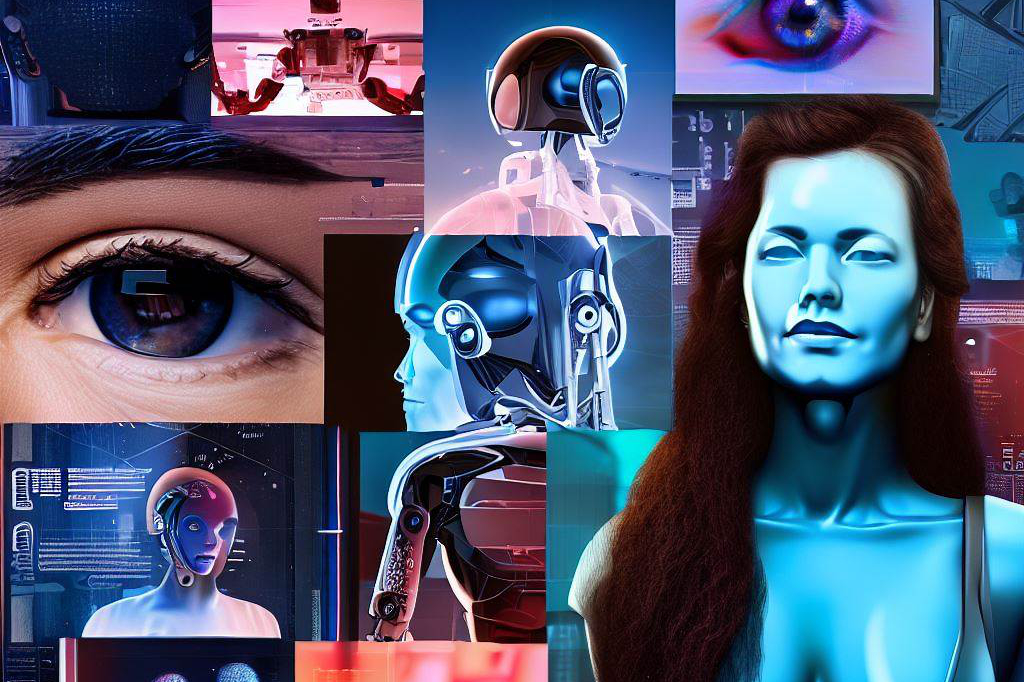
To reiterate – there are three main types of human-AI interactions: collaborative, competitive, and cooperative.
Collaborative interactions involve humans and AI working together in a mutually beneficial way to achieve a shared goal.
Competitive interactions involve humans and AI competing against each other to achieve different goals or outcomes.
Cooperative interactions involve humans and AI taking on different roles in order to achieve a shared goal.
Benefits and challenges of human-AI interaction
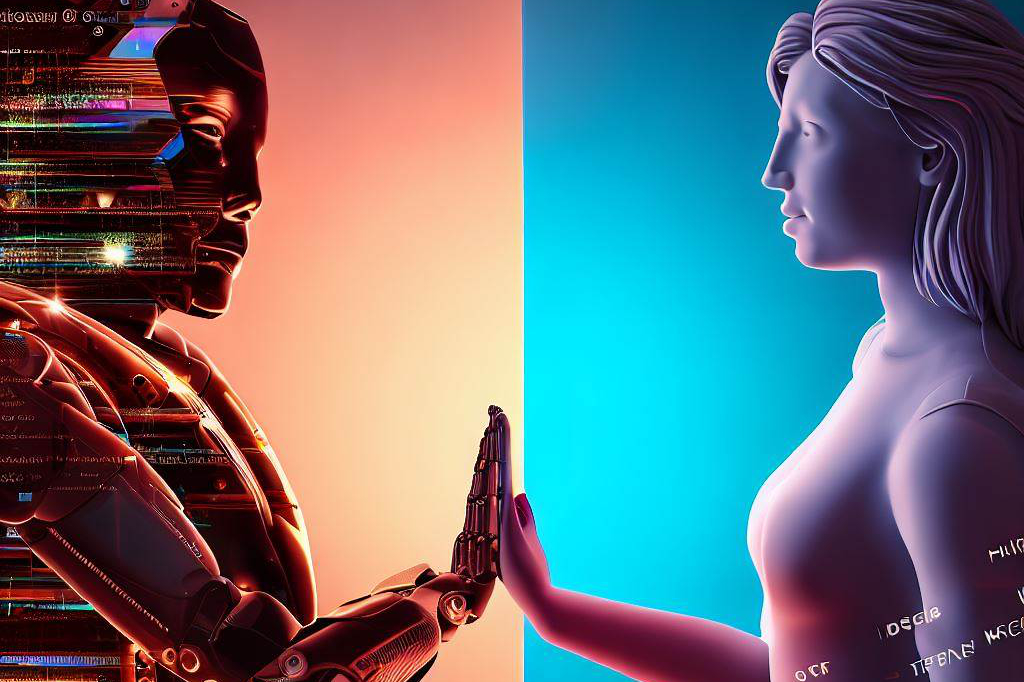
One of the main benefits of human-AI interaction is the ability to leverage the strengths of both humans and AI. Humans are good at tasks that require
- intuition,
- creativity,
- empathy,
- judgment,
- and decision-making based on context.
AI systems are good at tasks that require
- data processing,
- pattern recognition,
- computation speed,
- scalability,
- consistency across time and space.
By combining these two areas, we can increase productivity without losing accuracy or creativity.
However, there are also several challenges associated with human-AI interaction.
One challenge is ensuring that people have the necessary skills to interact effectively with AI systems as they become more prevalent in everyday life.
Another challenge is designing user-friendly interfaces for complex AI systems so that people can easily interact with them without getting overwhelmed or confused by their functionality or output results.
Finally creating algorithms which explain how they made certain decisions can help build trust between humans & AIs but this kind feature has it’s own limitations because not all AIs can explain how they made certain decisions.
The benefits of human-AI interaction are clear, but we must also be aware of the challenges and work to overcome them in order to achieve the full potential of this collaboration.
Building Synergy between Humans and AI
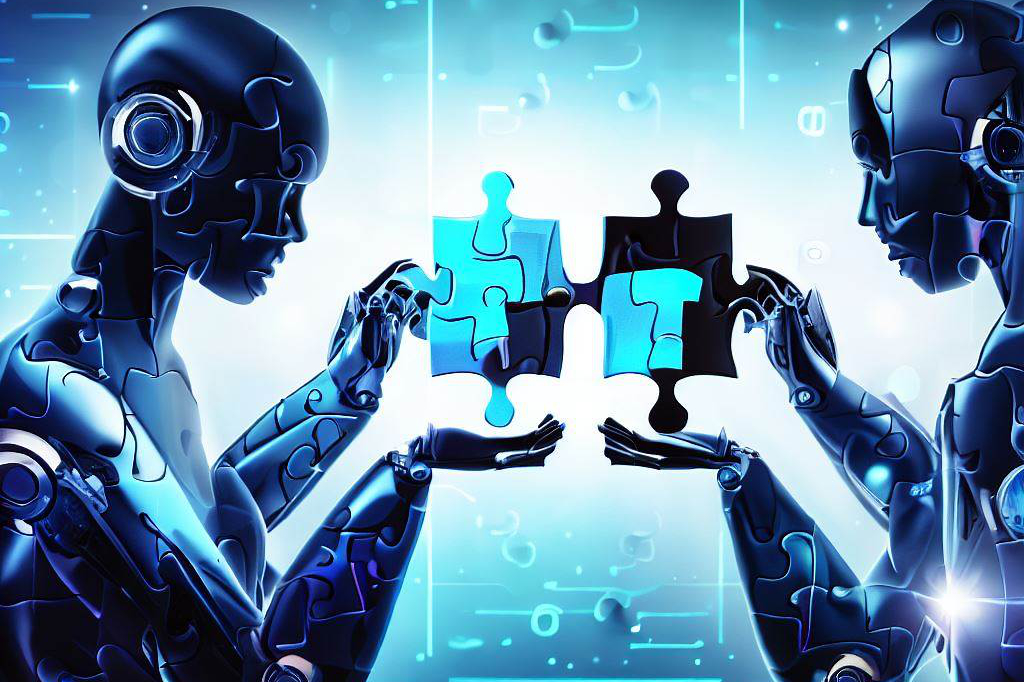
The Importance of Building Synergy for a Brighter Future
The rapid development of AI technologies has brought great opportunities for improving various aspects of human life. While the benefits of AI are undeniable, the potential risks and ethical concerns associated with AI are equally significant.
Therefore, building synergy between humans and AI has become increasingly important to ensure that the development of AI is centered on enhancing the human experience. Building synergy means creating a mutually beneficial relationship between humans and AI in which both parties can use each other’s strengths to achieve common goals.
Ways to Build Synergy between Humans and AI
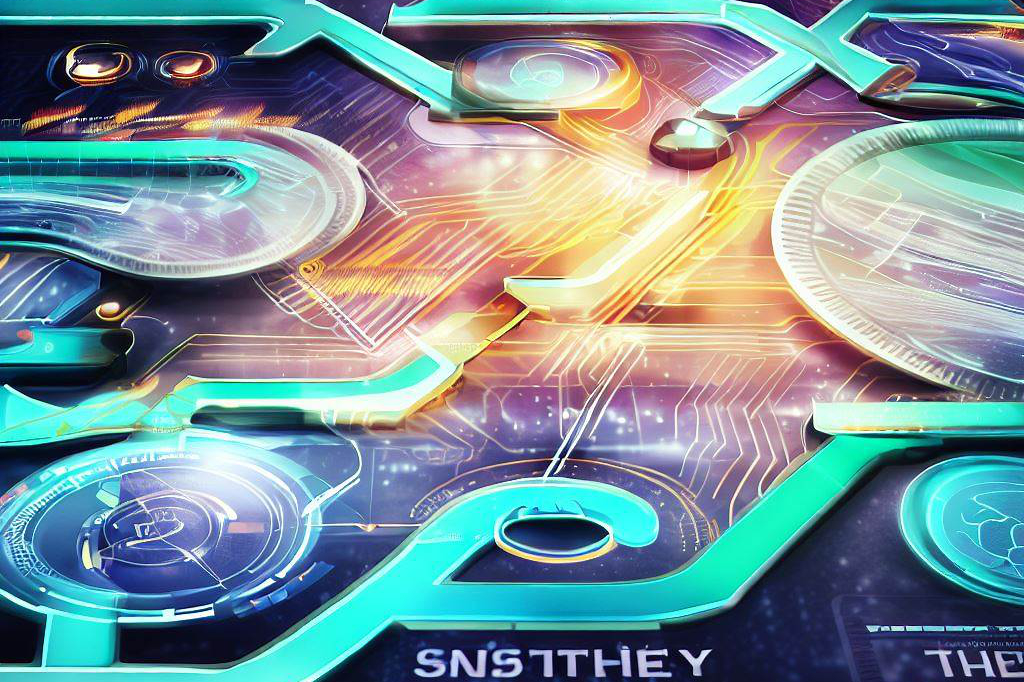
There are several ways to build synergy between humans and AI, including
- designing user-friendly interfaces,
- establishing trust,
- promoting transparency,
- feedback mechanisms, etc.
Designing user-friendly interfaces that enable seamless communication is essential to facilitating effective collaboration between humans and AI systems.
User interfaces must be intuitive enough for even those with minimal technical knowledge to be used easily.
Trust is another critical element in building a successful partnership between humans and AI systems. Trust builds confidence in users that the system will perform as intended or expected without any bias or malicious intent.
Building transparency into these systems helps users understand better how decisions are made by providing visibility into underlying reasoning.
Feedback mechanisms are also crucial since they provide valuable data points that can improve the accuracy or effectiveness of an algorithm.
Examples of Successful Human-AI Collaborations
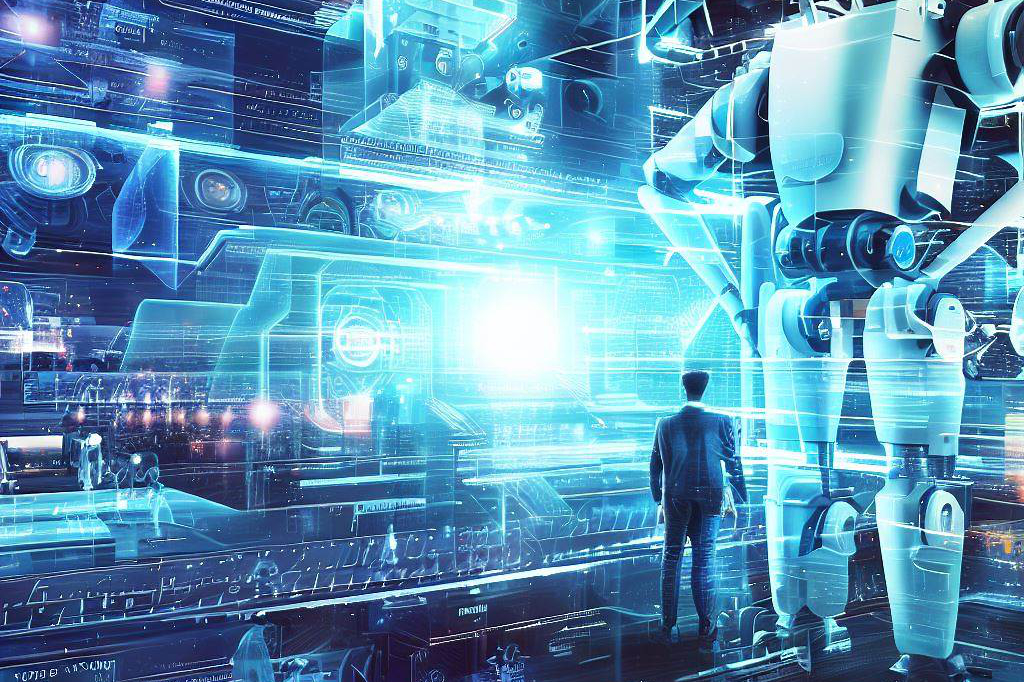
Several sectors have seen successful collaborations with human-AI interaction, like
- healthcare diagnosis tools,
- fraud detection algorithms in the finance industry,
- smart transportation systems like self-driving cars or drones delivering goods autonomously with logistical support provided by human operators on standby mode.
One example is IBM’s Watson, which uses natural language processing (NLP) technology to assist medical professionals in diagnosing rare diseases more accurately than before, using previous cases as a comparison. Watson provides a second opinion, which has been found highly helpful in reducing misdiagnosis and improving patient outcomes.
Another example is the financial sector where AI algorithms are used for fraud detection, which can detect fraudulent transactions faster than humans. The algorithms use machine learning techniques to identify patterns that are indicative of fraudulent activity and flag them for human review.
Overall, building synergy between humans and AI can bring about many benefits, including improved efficiency, accuracy, and productivity. The key is to ensure that human needs remain at the center of the AI’s development so that we can build a brighter future together.
Navigating Ethical Issues in Human-AI Interaction
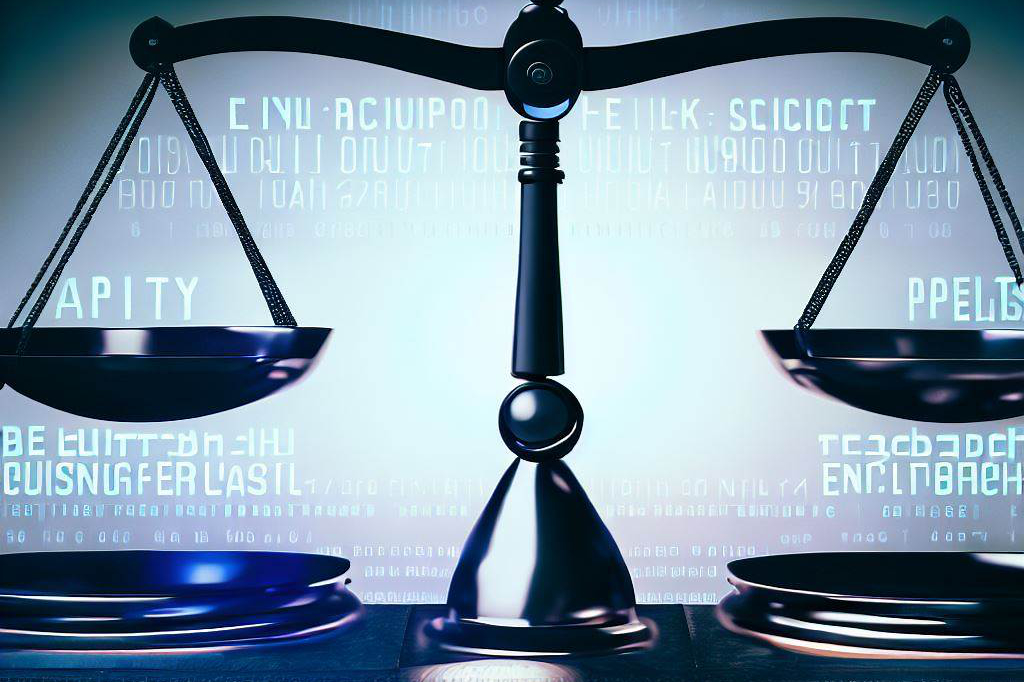
Overview of Ethical Issues Related to Human-AI Interaction
As we continue to integrate AI into our daily lives, ethical issues surrounding human-AI interaction have become increasingly important. One of the primary concerns is privacy.
With AI’s ability to collect and analyze vast amounts of data, there is a risk that personal data can be used for malicious purposes or without people’s consent.
Another ethical issue is bias. Algorithms and AI models are only as unbiased as the humans who create them. Unfortunately, humans have their own biases that can be unintentionally incorporated into these models, leading to unfair and discriminatory outcomes for certain groups.
Accountability is also an important issue in human-AI interaction. Who is responsible when something goes wrong? Is it the developer who created the algorithm? The company that implemented it? The user who interacted with it?
It’s crucial to establish accountability to ensure that those responsible are held accountable for any negative consequences that may arise from human-AI interaction.
Strategies for Addressing Ethical Issues in Human-AI Interaction
Despite these challenges, there are strategies we can utilize to address ethical issues related to human-AI interaction. One approach is to establish guidelines and regulations specific to AI development and deployment.
This could include ensuring transparency about how data is collected and used, as well as creating standards for fairness and non-discrimination in AI algorithms. Incorporating diverse perspectives into the development process can also help address bias issues in AI.
By involving people from different backgrounds with different experiences and viewpoints, we can reduce the risk of unintentional biases being incorporated into algorithms. Education is critical when it comes to navigating ethical issues in human-AI interaction.
People need to be aware of how their personal data may be collected and used by AI systems so they can make informed decisions about their interactions with these systems. Additionally, AI developers and companies need to be educated about the potential ethical implications of their work so they can proactively address issues before they arise.
Future Implications and Possibilities
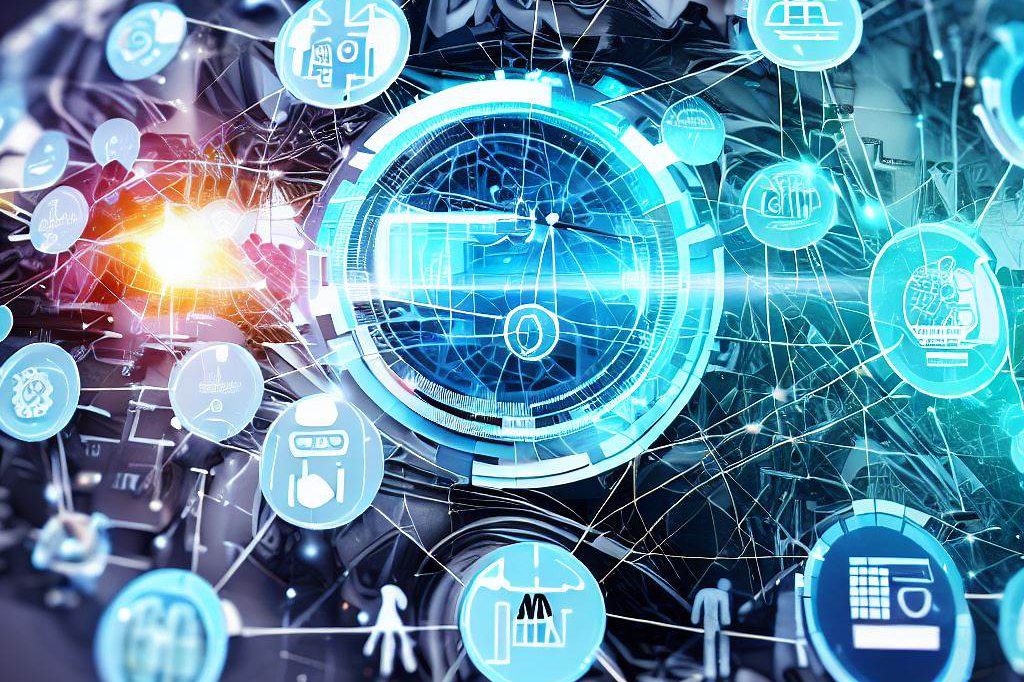
Potential impact on various industries (healthcare, education, transportation)
The integration of AI into various industries has already begun to revolutionize the way we work, learn, and live.
In healthcare, AI is being used to improve diagnosis accuracy and treatment recommendations while reducing medical errors.
In education, AI-powered chatbots are providing personalized learning experiences for students and assisting with administrative tasks for teachers.
In transportation, autonomous vehicles show potential to make our roads safer and reduce congestion.
Furthermore, as AI becomes more advanced and accessible, it has the potential to transform other industries such as finance, manufacturing, agriculture, and entertainment. The possibilities are endless – from predicting market trends in real-time to creating personalized fashion designs with a click of a button.
Predictions for the Future of Human-AI Interaction
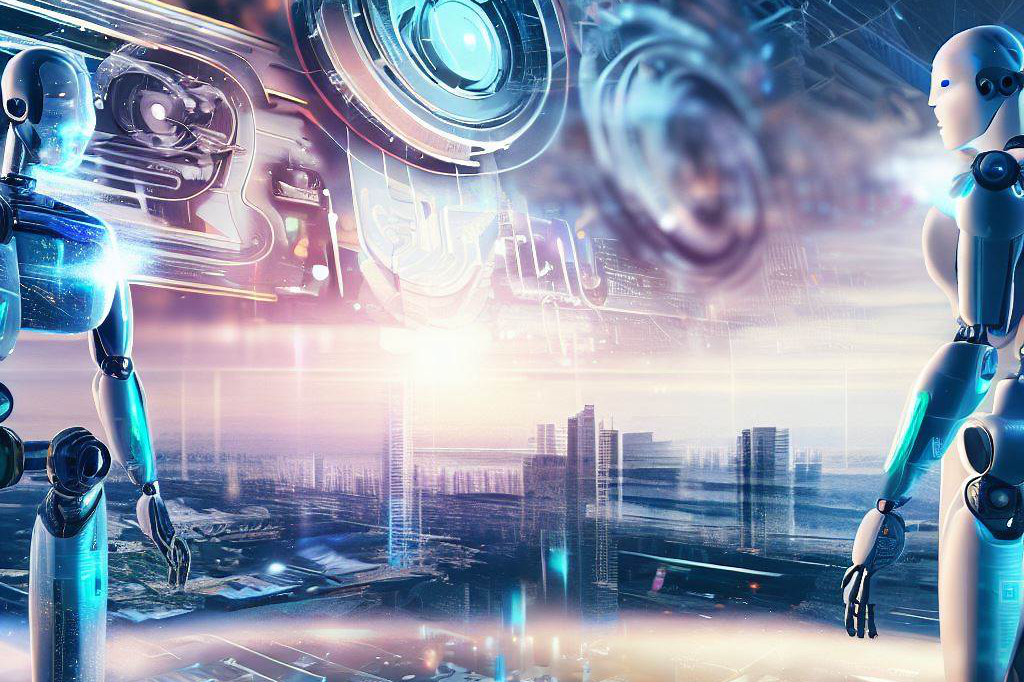
As AI technology continues to evolve rapidly, the future of human-AI interaction appears bright.
One prediction is that humans will become increasingly reliant on AI in their daily lives as it becomes more integrated into society. This could lead to a new era of productivity where humans work collaboratively with machines to achieve higher levels of efficiency.
Another prediction is that there will be a shift towards more natural forms of human-AI interaction, such as voice or gesture recognition, instead of traditional input devices like keyboards or touchscreens. This could lead to a more seamless integration between humans and machines – creating an immersive experience that blurs the line between reality and virtuality.
Opportunities for Innovation and Growth
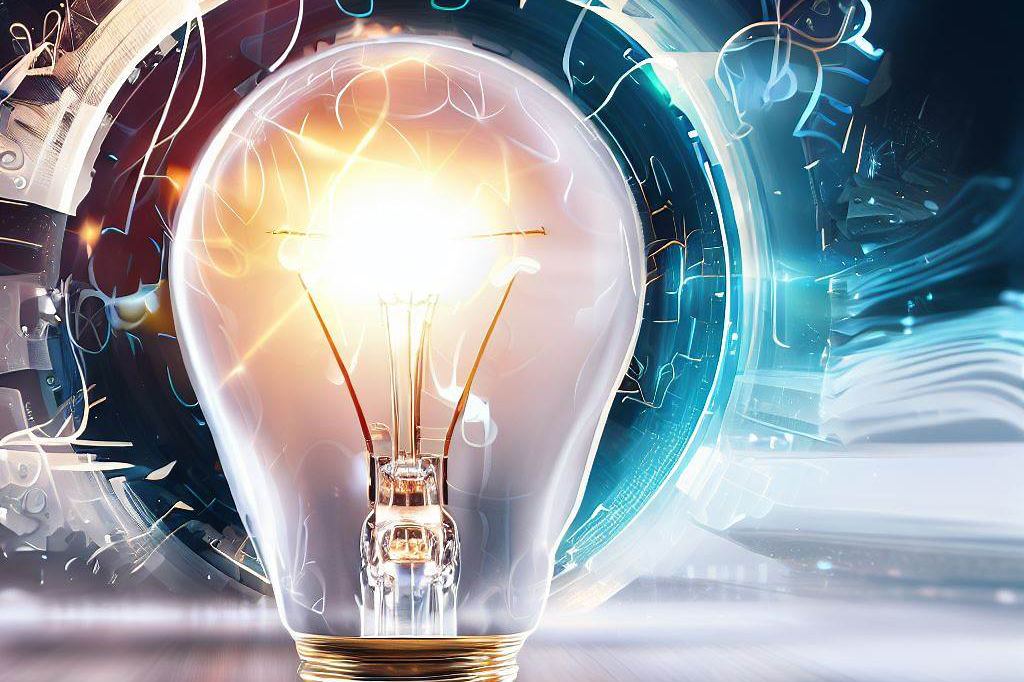
The integration of AI into our daily lives presents unprecedented opportunities for innovation and growth. Companies that can effectively harness the power of AI are likely to gain a competitive advantage in their respective industry sectors. As such, businesses have started investing heavily in developing their own in-house artificial intelligence capabilities or partnering with established tech firms to incorporate AI into their operations.
This has led to the growth of a new industry – AI software and services – which is projected to reach $126 billion by 2025. The potential for innovation and growth is not limited to just businesses.
Governments, non-profit organizations, and academia are also investing in AI research and development in order to leverage the technology’s benefits for society as a whole. The result could be a brighter future where humans work collaboratively with machines towards common goals.
Final thoughts on the importance of building synergy between humans and AI
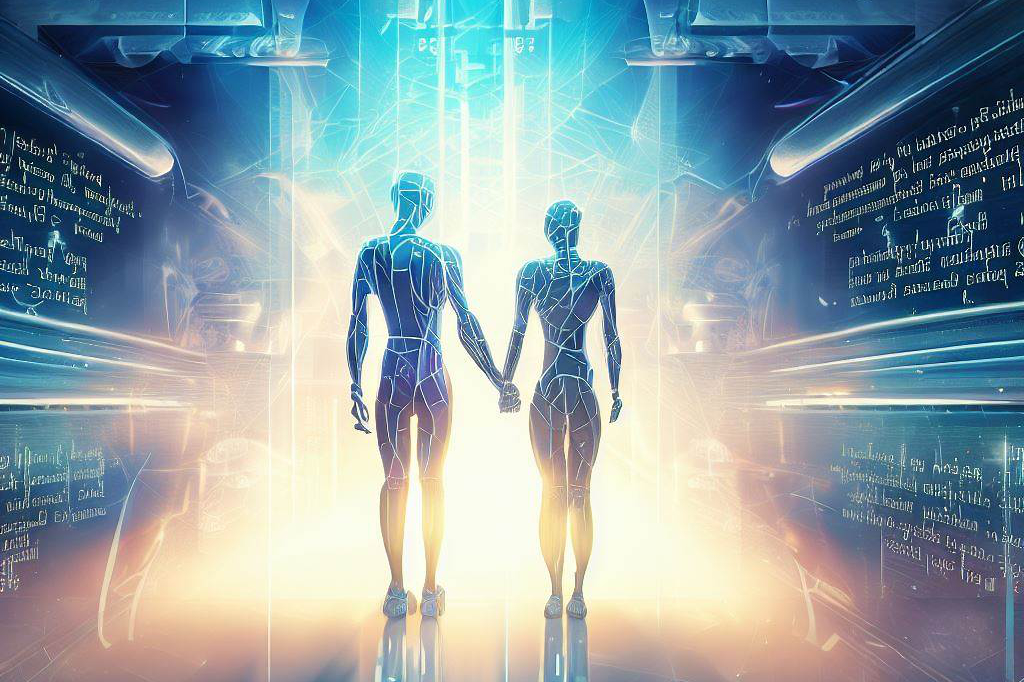
As technology continues to evolve at a rapid pace, it is essential that we work towards building synergy between humans and AI for a brighter future. By doing so, we can leverage the strengths of both humans and machines in order to achieve greater efficiency, innovation, and progress across various industries such as healthcare, education, transportation etc.
While there may be challenges along the way in terms of ethical considerations related to privacy concerns or bias in AI systems, for example – it is important that these are addressed proactively rather than reactively. Only then can we ensure that human-AI interactions are guided by ethical principles such as transparency and accountability.
Overall, the possibilities for achieving amazing things through collaboration between human intelligence and artificial intelligence are truly limitless. With proper consideration given to building synergy between people and machines – from interface design to ethics – there’s no doubt that positive outcomes will follow.
FAQ: Human and AI Interaction
1. What is human and AI interaction?
– Human and AI interaction refers to the collaboration between humans and artificial intelligence systems. It involves the integration of human capabilities and AI technologies to accomplish tasks, solve problems, and enhance overall performance.
2. How does human and AI interaction benefit businesses?
– Human and AI interaction offers several benefits to businesses. It allows for improved efficiency and productivity by automating repetitive and time-consuming tasks. AI systems can analyze large volumes of data quickly, providing valuable insights for decision-making. Additionally, human-AI collaboration can enhance customer experiences, personalize interactions, and optimize processes.
3. Can you provide some examples of human and AI interaction in different industries?
– Certainly! In healthcare, AI-powered diagnostic tools assist doctors in analyzing medical images, improving accuracy and speed of diagnoses.
In customer service, AI chatbots provide instant responses to customer inquiries, while human agents handle complex issues. In manufacturing, robots and humans work together on assembly lines, with AI systems monitoring quality control. These are just a few examples of how human and AI interaction is transforming various industries.
4. How can businesses ensure effective human and AI interaction?
– To ensure effective human and AI interaction, businesses should focus on the following:
– Clear communication channels: Establishing open lines of communication between human employees and AI systems promotes understanding and collaboration.
– Training and upskilling: Providing training programs and resources for employees to learn about AI technologies and how to work alongside them is crucial.
– Ethical considerations: Businesses must prioritize ethical guidelines and transparency in the use of AI to build trust and maintain user confidence.
– Continuous improvement: Regularly evaluating and optimizing human-AI workflows can lead to better performance and outcomes.
5. Are there any potential challenges or risks associated with human and AI interaction?
– While human and AI interaction offers numerous benefits, there are also potential challenges and risks. Some of these include:
– Job displacement: Automation through AI may lead to certain job roles becoming obsolete, requiring businesses to consider reskilling or redeploying affected employees.
– Bias and fairness: AI systems can be influenced by biases present in the data they are trained on, potentially leading to discriminatory outcomes. Businesses need to be vigilant in addressing and mitigating these biases.
– Technical limitations: AI systems have their limitations and may not always provide accurate or reliable results. Businesses should be aware of these limitations and have contingency plans in place.
– Security and privacy: The integration of AI systems requires careful consideration of data security and privacy to protect sensitive information from unauthorized access or misuse.

C M, a seasoned editor, journalist, and consultant, is deeply fascinated by the convergence of technology, space, and the future of humanity.
With a particular interest in transhumanism, futurology, and the philosophical and ethical dimensions of these domains, C M serves as the lead contributor to TranscendSphere and SpaceSpotlight.
When not penning insightful articles on these rapidly evolving fields, C M indulges in their love for podcasts and books, proudly embracing their status as a ‘Happy Nerd Extraordinaire!’

